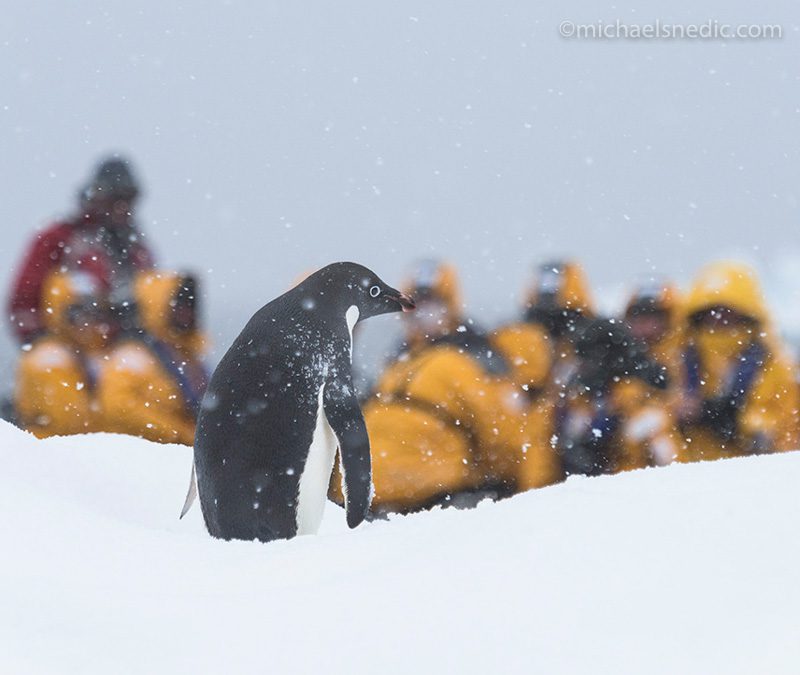
Winter wildlife photography can be tricky, especially if you have to deal with snowfall and a white landscape. It’s always interesting to photograph the natural and unique wildlife of the alpine region in Victoria and NSW, or in various parts of Tasmania, during snowfall, or overseas in places such as Antarctica and the Arctic Circle. Here are some tips on how to handle winter wildlife photography:
#1 Be Thorough With Your Research
Before you book your trip and pack your bags, do some research on winter wildlife photography. You’ll save some time and effort if you know where you should go to get the best wildlife and landscape pictures. Here are some points to consider before you leave:
- When is the best time to visit the alpine regions for photography?
- Which animals would make the best subjects for winter wildlife photography?
Research is even more important if you intend to visit other countries that have colder winters, especially if they’re in the Northern Hemisphere.
#2 Know Your Camera Settings
There’s a reason why people wear protective eye-gear when they ski or trek in snow-covered landscapes. The white ground reflects light intensely and overwhelms a subject in a photograph. If you intend to take wildlife pictures in the snow, you should experiment with the ideal settings for your camera. Switch to the manual mode and adjust your settings to get the best exposure and details.
You need to fill the frame with snow, determine whether it’s overcast or bright and reflective, check the settings, and then alter them according to your preferences. Be careful to avoid underexposure because you don’t want the snow or the subject to look dull and grey.
#3 Be Mindful of the Shutter Speed
Animals move quickly so you need to adjust your shutter speeds to keep up. If your shutter speed is too slow, your picture will be blurry and out of focus. Some wildlife are very fast and can be barely visible to the naked eye, especially if the temperature is too cold and the ground is covered with snow. You may have to increase the ISO as well, but that shouldn’t be a problem with many modern day cameras/sensors.
#4 Consider the Background
In wildlife photography, the focus of the picture should be the animal rather than the background. As winter landscapes can be very beautiful or overwhelming, it’s easy for the animal to become lost in the details or overpowered by the background. Before you click the shutter button, look at the image in the frame and determine if the animal is showcased well. This is important if you’re working with smaller wildlife like birds, rodents, and insects.
You can use larger apertures (smaller number) to ensure your background blurs out. Try taking multiple shots from different angles, to get the best results.
#5 Take Care of Your Gear
If you’re using your camera in very cold weather, you need to be careful. Avoid sudden temperature differences, as this can create instant condensation, making photography impossible. If your camera has been in a cold environment for a while, let it warm up a little before you carry it to a warmer location. Same goes with from a warm, humid environment, into the freezing cold.
If you have a passion for wildlife, nature or travel photography and would love to go on a small-number, professional photography adventure, please get in touch with Michael Snedic at WildNature Photo Expeditions. You can call him on 0408 941 965 or fill in this Contact Form and he will get back to you ASAP.


